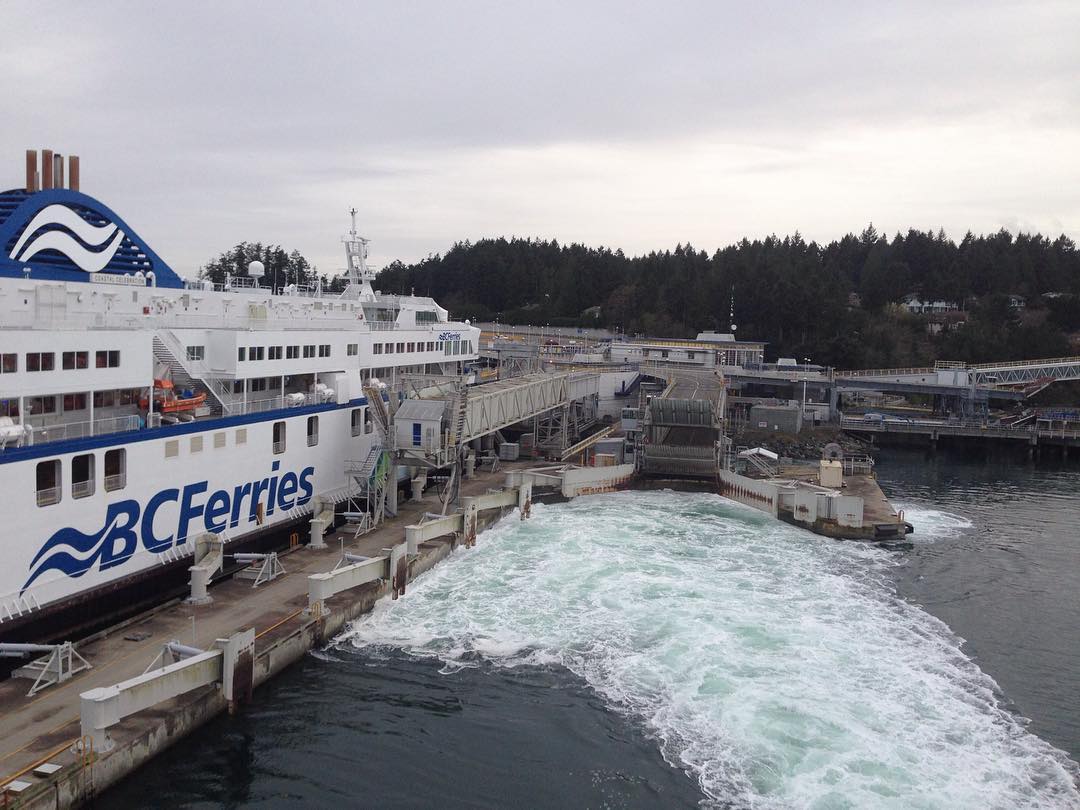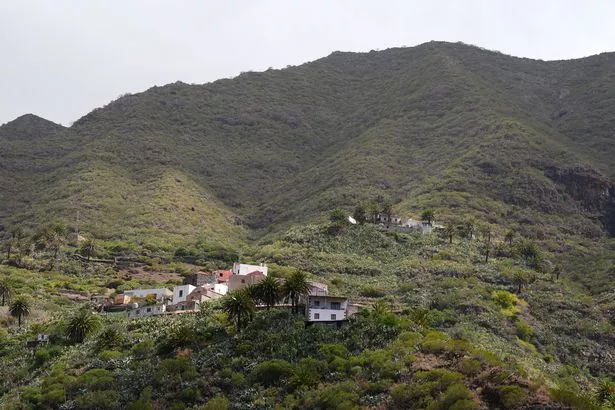The Wonder Of Animals: Conservation And The Future Of Wildlife

Table of Contents
The Urgent Need for Wildlife Conservation
The wonder of animals is fading at an alarming rate. Species extinction and biodiversity loss are occurring at unprecedented speeds, largely due to human activities. The consequences are devastating, impacting not only individual species but the intricate balance of entire ecosystems.
Habitat loss, driven by deforestation, urbanization, and agricultural expansion, is a primary driver of this crisis. Climate change exacerbates this, altering habitats and forcing species to adapt or perish. Poaching and the illegal wildlife trade further decimate already vulnerable populations.
-
Examples of Endangered Species and Their Threats:
- Tigers: Habitat loss, poaching for their body parts.
- African Elephants: Poaching for ivory, habitat fragmentation.
- Orangutans: Deforestation for palm oil plantations.
- Polar Bears: Loss of sea ice due to climate change.
-
Specific Effects of Habitat Destruction:
- Fragmentation: Breaking up large habitats into smaller, isolated patches, reducing genetic diversity and increasing vulnerability to threats.
- Pollution: Contamination of air, water, and soil, harming animal health and reproductive success.
The interconnectedness of ecosystems cannot be overstated. Animals play vital roles in pollination, seed dispersal, nutrient cycling, and pest control. The loss of even a single species can trigger a cascade of negative effects, threatening the stability of entire ecosystems. The World Wildlife Fund (WWF) estimates that wildlife populations have declined by an average of 68% since 1970 – a stark illustration of the urgency of the situation.
Effective Conservation Strategies: Protecting Our Planet's Wildlife
Protecting the wonder of animals requires a multifaceted approach encompassing various conservation strategies. These strategies must be implemented effectively to ensure the survival of countless species and the health of our planet.
Habitat Protection and Restoration
Creating protected areas, such as national parks and wildlife reserves, is crucial for safeguarding biodiversity. Establishing wildlife corridors connects fragmented habitats, allowing animals to move freely and maintain genetic diversity. Restoring degraded habitats, through reforestation and wetland rehabilitation, provides vital breeding grounds and resources for wildlife.
- Examples of Successful Projects: The reintroduction of wolves to Yellowstone National Park, the restoration of mangrove forests in Southeast Asia.
Combating Illegal Wildlife Trade
Poaching and the illegal wildlife trade represent a significant threat to numerous species. Stricter enforcement of anti-poaching laws, increased international collaboration, and community-based conservation initiatives are vital to combat this.
- Key Actions: Strengthening law enforcement, raising public awareness, supporting local communities in alternative livelihood options.
Sustainable Practices and Responsible Tourism
Sustainable agriculture, responsible fishing practices, and eco-tourism can help minimize the impact of human activities on wildlife. Supporting businesses committed to sustainable practices is crucial for reducing the demand for products that harm wildlife.
- Key Actions: Choosing sustainably sourced products, supporting eco-tourism operators, advocating for sustainable policies.
Community Engagement and Education
Engaging local communities in conservation efforts is crucial for long-term success. Education plays a vital role in raising awareness about the importance of wildlife conservation and promoting responsible behavior.
- Key Actions: Community-based conservation programs, environmental education initiatives, empowering local communities as stewards of their natural resources.
The Role of Technology in Wildlife Conservation
Technology plays an increasingly important role in wildlife conservation efforts, providing innovative tools for monitoring, research, and enforcement.
Monitoring and Tracking
GPS tracking collars, camera traps, and drones provide valuable data on animal movements, habitat use, and population size. This information is crucial for informing conservation strategies and assessing the effectiveness of interventions.
- Technological Advancements: Miniaturization of tracking devices, improved camera trap technology, AI-powered image analysis.
Data Analysis and Predictive Modeling
Data analysis and predictive modeling can identify threats to wildlife and predict future trends, allowing for proactive conservation planning. This can help anticipate habitat loss, disease outbreaks, or poaching hotspots.
- Impact: Improved resource allocation, more effective conservation strategies, informed decision-making.
Anti-poaching Technology
Sensors, drones, and acoustic monitoring systems are used to detect and deter poachers, improving law enforcement effectiveness and protecting vulnerable species.
- Technological Advancements: Improved sensor technology, AI-powered surveillance systems, drone technology for patrolling vast areas.
Investing in the Future: Funding and Policy for Wildlife Conservation
Securing a future for the wonder of animals requires significant financial investment and strong policy frameworks.
-
Funding Sources:
- Government funding
- Private donations (individuals and foundations)
- Corporate social responsibility initiatives
-
Role of Policy and Legislation:
- International agreements (e.g., CITES)
- National park regulations
- Anti-poaching laws
Sustainable finance and long-term investment in conservation are crucial for ensuring the long-term survival of wildlife and the ecosystems they inhabit. This requires collaboration between governments, NGOs, and the private sector.
Securing a Future for the Wonder of Animals
The wonder of animals is intrinsically linked to the health of our planet and human well-being. We've discussed the urgency of wildlife conservation, highlighting effective strategies, the transformative role of technology, and the importance of securing funding and robust policy. The alarming rate of species extinction demands immediate action. We must act decisively to protect habitats, combat illegal wildlife trade, and promote sustainable practices. Technology provides powerful tools, but their effectiveness hinges on adequate funding and strong policy frameworks.
Join us in protecting the wonder of animals. Learn more about how you can contribute to wildlife conservation today! Support conservation organizations, advocate for policies that protect animals, and make conscious choices that minimize your impact on the environment. Let's work together to ensure that the beauty and diversity of the animal kingdom thrive for generations to come.

Featured Posts
-
 Ncaa Tournament Deja Blues Kelly Takes On Former Team Duke
May 13, 2025
Ncaa Tournament Deja Blues Kelly Takes On Former Team Duke
May 13, 2025 -
 The Gaza Hostage Situation A Continuing Nightmare For Families
May 13, 2025
The Gaza Hostage Situation A Continuing Nightmare For Families
May 13, 2025 -
 Peak Day Travel Forecast Schiphol Roads And Ferries During Easter Weekend
May 13, 2025
Peak Day Travel Forecast Schiphol Roads And Ferries During Easter Weekend
May 13, 2025 -
 Cineplex Q1 Loss Theatre Attendance Decline Impacts Revenue
May 13, 2025
Cineplex Q1 Loss Theatre Attendance Decline Impacts Revenue
May 13, 2025 -
 Commodities Teams Refocus Walleye Cuts Credit To Core Groups
May 13, 2025
Commodities Teams Refocus Walleye Cuts Credit To Core Groups
May 13, 2025
